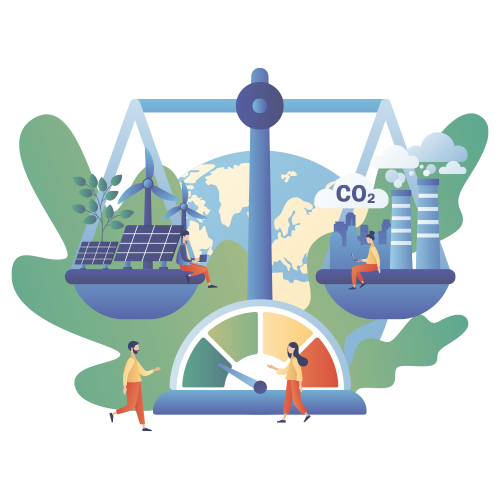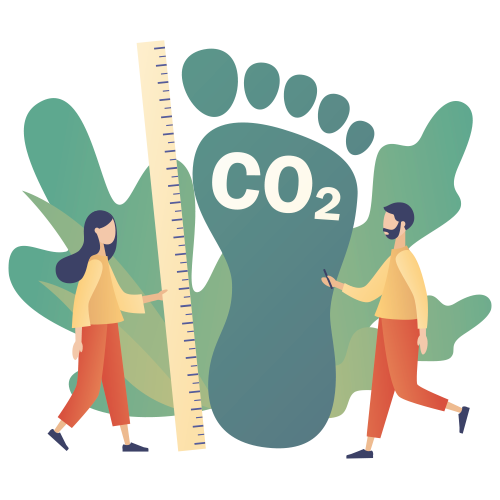Open Fiber’s Net Zero Plan: net zero emissions by 2040
Fiber optic is a sustainable and futureproof technology that plays a key role in the climate targets set by the Paris Agreement to limit global warming to within 1.5°C of pre-industrial levels. At the Paris conference, it was agreed that it is necessary to implement strategies to achieve decarbonisation by 2050 in order to contrast climate change.
Open Fiber can play an important role in this challenge. Indeed, fiber optic requires more than 60% less energy than traditional copper networks, saving around 560GWh per year. Moreover, thanks to its enabling role, it can positively influence decarbonisation: according to the World Economic Forum, digital technologies can contribute to a 20% reduction in emissions in “high-emitting” sectors.
Open Fiber’s sustainability strategy continues with the approval of its Net Zero Plan, an ambitious company roadmap that aims for zero net emissions by 2040. The plan shows the evolution of the emission profile associated with the company’s direct and indirect activities and describes the actions needed to reduce its climate footprint.
Open Fiber’s goals
The Earth’s average temperature has risen by more than 1°C compared to pre-industrial levels. Taking up the challenge of fighting climate change is complex but inevitable and urgent.
The Science Based Targets Initiative (SBTi), a partnership promoted by the UN Global Compact (UNGC), the World Resource Institute (WRI), the Carbon Disclosure Project (CDP) and the World Wide Fund for Nature (WWF), promotes ambitious climate action in the private sector, enabling organisations to set “science-base”’ reduction targets in line with the commitments made in the Paris Agreement.

With the approval of the Net Zero Plan, Open Fiber is committed to reducing its greenhouse gas emissions by setting reduction targets in line with the SBTi standard to keep global warming within 1.5°C.
According to the GHG Protocol, an organisation that provides standards, guidelines and tools for measuring and managing climate-altering emissions, the emissions that must be reduced fall into 3 scopes:
- Scope 1 – Direct emissions producted by the Company
- Scope 2 – Indirect emissions related to energy consumption
- Scope 3 – Indirect emissions from the company’s value chain, i.e. its supply chain
The Open Fiber’s carbon footprint can be reduced to “net zero” thanks to a series of actions that act directly on emission reduction and so-called “enabling” actions, i.e. initiatives whose main goal is not decarbonisation, but which can have an impact on emission reduction through the involvement of stakeholders in the value chain.
Based on these projections, Open Fiber has set targets in line with the maximum ambition level identified by the SBTi:
- Reduction of absolute emissions by 42% by 2030 compared to 2022
- Reduction of absolute emissions by 90% by 2040 compared to 2022









